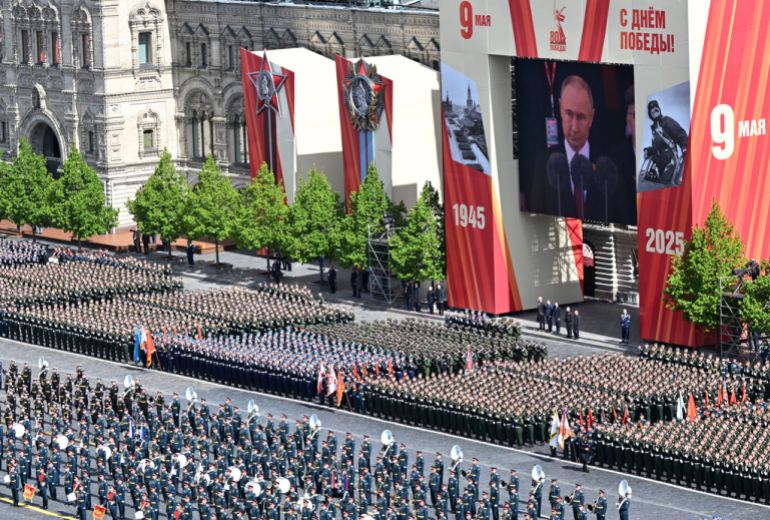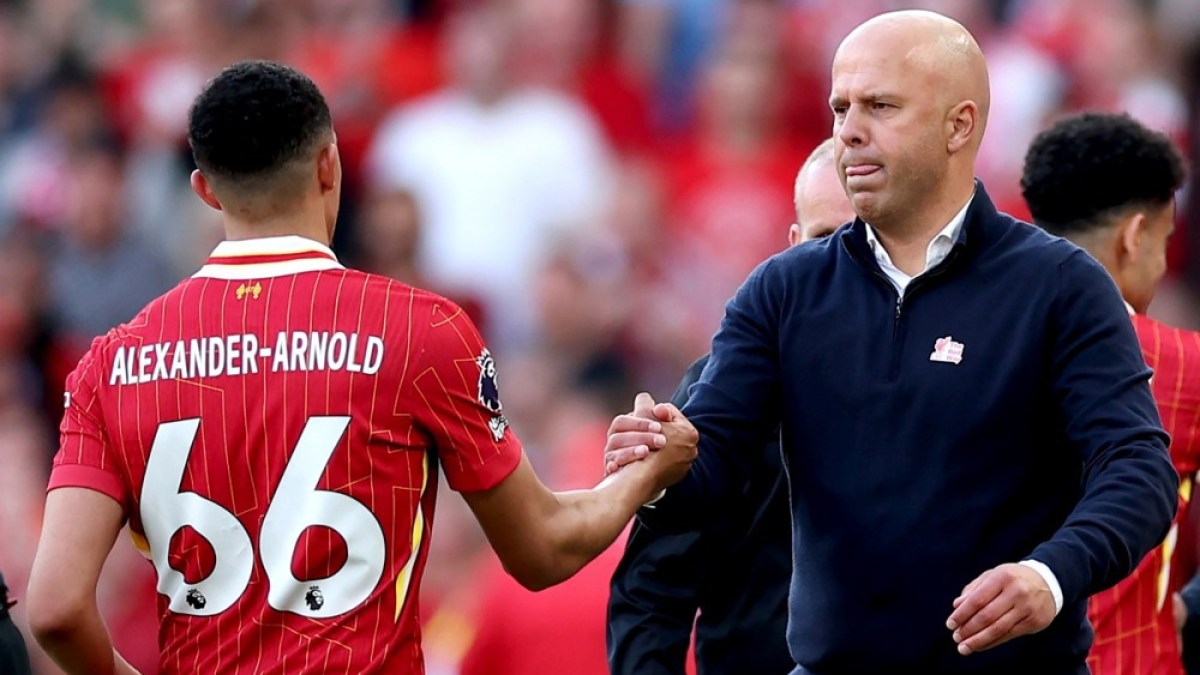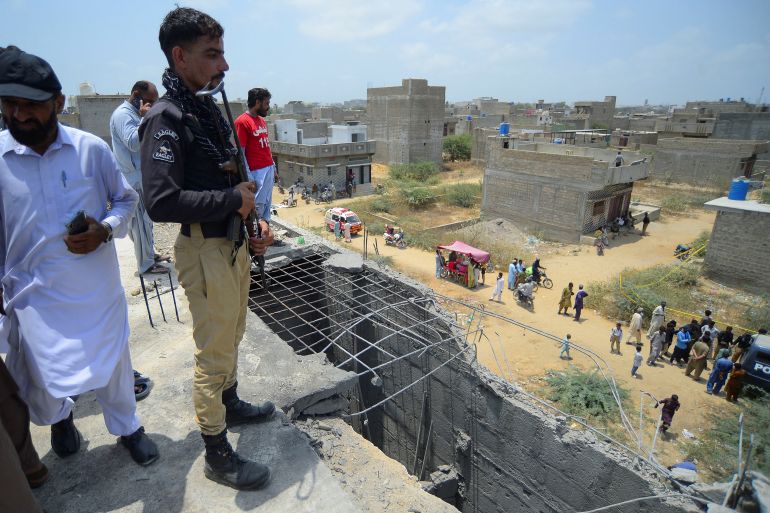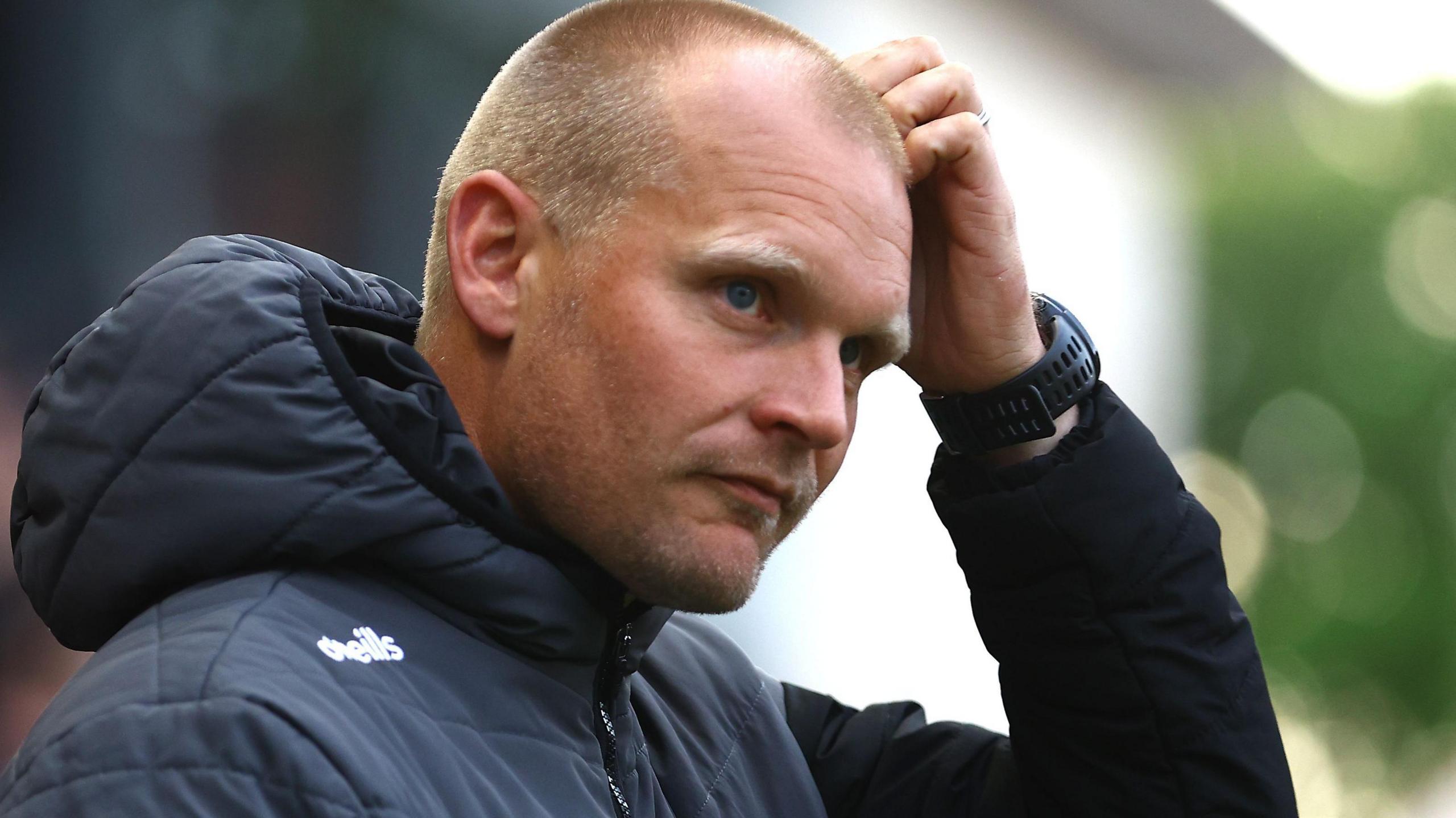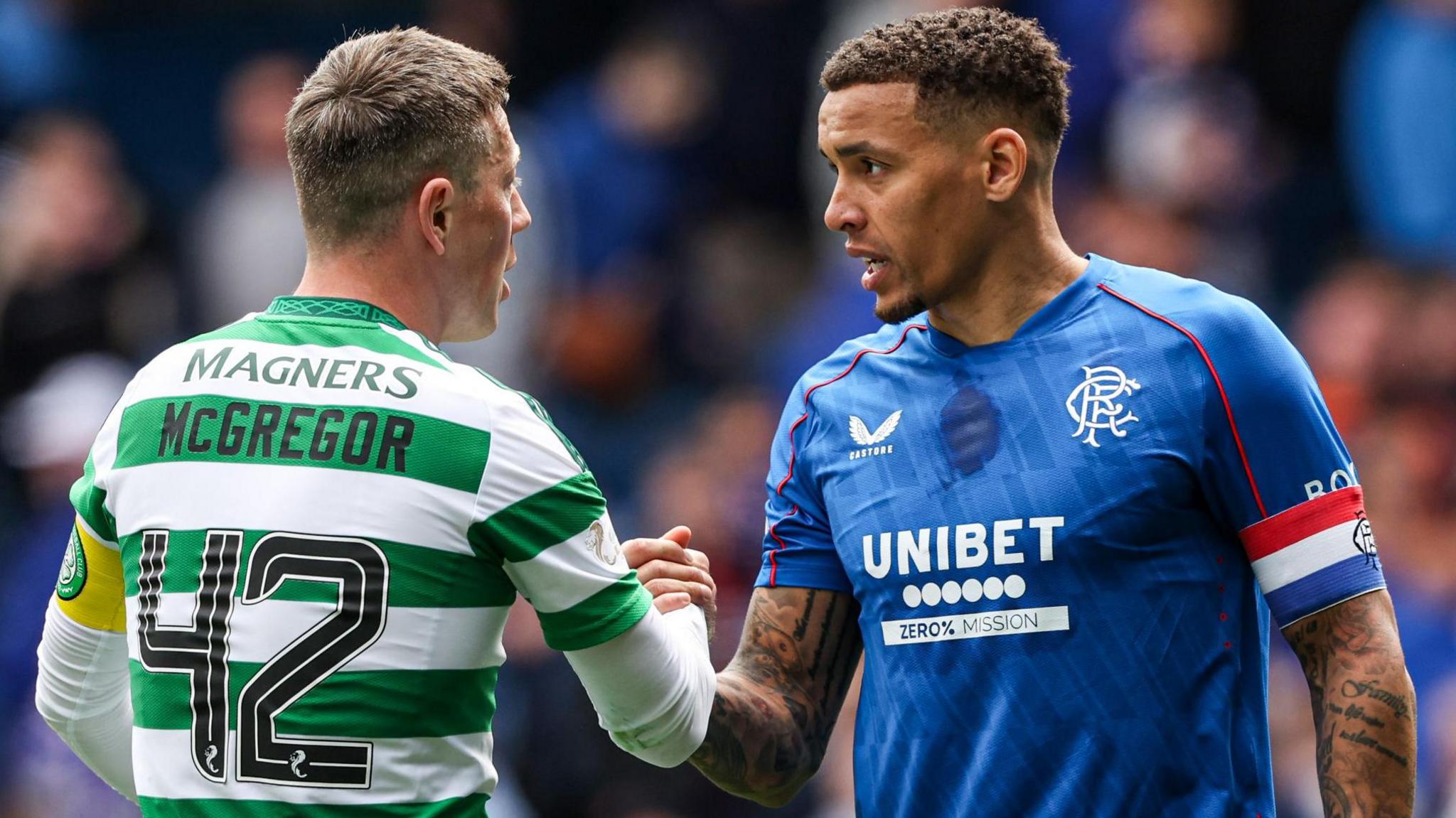Russia and Ukraine have accused one another of violating a three-day ceasefire as Moscow marked Victory Day by welcoming allies to a grand military parade.
Russia’s President Vladimir Putin marked the 80th anniversary of victory over Nazi Germany on Friday alongside China’s Xi Jinping, in an event clearly intended to bolster support for his three-year offensive against Ukraine, which he had unilaterally paused for 72 hours to mark the occasion.
“Russia has been and will remain an indestructible barrier against Nazism, Russophobia and anti-Semitism,” said Putin, seeking to draw parallels between World War II – or the Great Patriotic War as it is named in Russia and other parts of the former Soviet Union – and the Ukraine war.
Russia maintains that its February 2022 invasion of its neighbour is a battle against a “Nazi” regime in Kyiv. Ukraine has dismissed that claim as “incomprehensible”.
More than 20 foreign dignitaries, including Xi and Brazilian President Luiz Inacio Lula da Silva, watched the 11,000-strong parade on Red Square.
The show of force was billed by Moscow as proof that the country has not been isolated by the war.
Throughout his quarter-century in power, Putin has tapped into the nation’s trauma over Soviet losses during the Great Patriotic War, which Russia dates as running from 1941-45.
With the two-year period of 1939-41, during which the Soviets maintained a non-aggression pact, with the Nazis sidelined, Victory Day has been elevated to become the country’s most important public holiday and a prime lever used to whip up patriotism.
Putin appeared to seek to transfer that mood to his war in Ukraine.
“The whole country, society and people support the participants of the special military operation,” he said in his address to the parade, which reportedly included 1,500 soldiers who had fought in Ukraine.
Kyiv argued the parade has “nothing to do with the victory over Nazism” and that those marching on Red Square in a “parade of cynicism” were “quite likely” implicit in crimes against Ukrainians.
Political theatrics
Amid the pomp and circumstance, security in Moscow has been tight, with authorities jamming mobile internet connections, citing the threat of Ukrainian attacks.
However, Putin’s unilaterally declared May 8-10 ceasefire teetered on the brink of collapse even as the parade opened on Friday morning, with both Kyiv and Moscow accusing one another of attacks.
Ukraine had dismissed Putin’s three-day pause as political theatrics, designed to avert the impatience of the United States – which has been trying to broker a ceasefire – and refused to commit to it, and had spent Tuesday and Wednesday using drones to target Moscow, shutting down its airports for significant periods.
Authorities in Russia’s western Belgorod border region said a Ukrainian drone attack hit the city council building on Friday, adding that no one was injured.
The Russian Ministry of Defence said Ukrainian troops had made attempts to breach the border in the Kursk and Belgorod regions, and claimed Ukraine had violated the ceasefire 5,026 times.
Ukraine claimed that just hours after the truce entered into effect, Russia had already broken it, with Moscow’s forces launching guided bombs against the northern Sumy region.
Kyiv reported further attacks on Friday in the southern city of Kherson and the central Dnipropetrovsk region, with two people wounded.
‘Concerted approach’
In a symbolic show of support for Kyiv to coincide with Friday’s parade, Ukraine’s Western allies backed a special tribunal to prosecute Putin and other senior Russian officials for the crime of aggression against Ukraine.
Foreign ministers from almost 20 European nations met in Ukraine’s western city of Lviv to sign the “Lviv statement”, a document paving the way for the establishment of the Special Tribunal for the Crime of Aggression against Ukraine, which could start operating next year.
“We stand for a just and lasting peace, for a secure Europe, and for accountability and justice,” said United Kingdom Foreign Minister David Lammy in a statement.
The same day, Norwegian Prime Minister Jonas Gahr Store said a group of 10 northern European nations and the UK had agreed to support a US proposal for an unconditional 30-day ceasefire.
That tallies with Ukraine’s response to Putin’s Victory Day ceasefire, which was to question why it would only run for three days and to call for a full 30-day truce.
The Joint Expeditionary Force (JEF) coalition – which comprises Denmark, Estonia, Finland, Iceland, Latvia, Lithuania, the Netherlands, Norway, Sweden and the UK – met in Oslo on Friday.
Store said the group had contact the night before with US President Donald Trump and Ukrainian President Volodymyr Zelenskyy to discuss the proposal and that a “concerted approach” was now being taken.
Diplomatic reset
Trump, who has presented himself as the main mediator in the conflict between Russia and Ukraine, had initially appeared to tilt towards Moscow after entering office in January, offering support to Russia’s demands.
However, as Moscow has dragged its feet on agreeing to a ceasefire, the US president has demonstrated growing impatience with Putin, telling him last month to “stop shooting” and sign a peace deal.
On Thursday, Trump reiterated his call for a “30-day unconditional ceasefire,” saying on his Truth Social network that if the truce was not respected, “the US and its partners will impose further sanctions.”
A minerals deal between Kyiv and Washington, ratified by Ukraine’s parliament unanimously on Wednesday, appears to have helped improve relations.
Trump has approved military shipments to the country once more, while the rhetoric from US officials towards Moscow has shown signs of growing frustration.
Still, in the background, Washington has continued to work on a diplomatic reset with Moscow.
